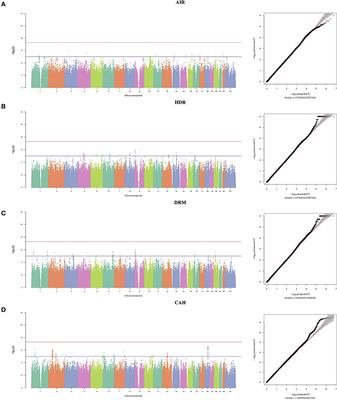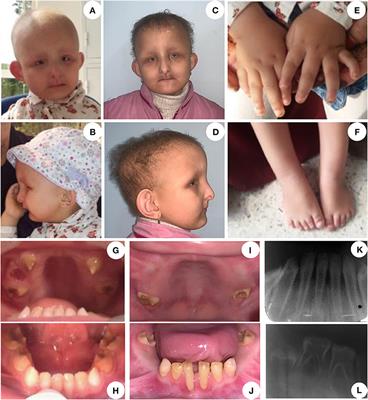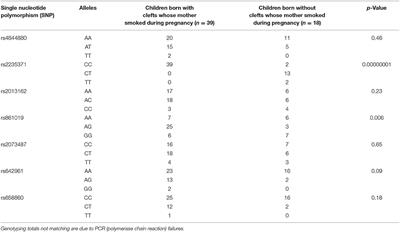EDITORIAL
Published on 17 Jun 2022
Editorial: Contemporary Views on the Genetics of Dental and Craniofacial Anomalies
doi 10.3389/fdmed.2022.953256
- 855 views
1,886
Total downloads
8,921
Total views and downloads
EDITORIAL
Published on 17 Jun 2022
ORIGINAL RESEARCH
Published on 04 Jan 2022

ORIGINAL RESEARCH
Published on 04 Jun 2021

BRIEF RESEARCH REPORT
Published on 31 Mar 2021
